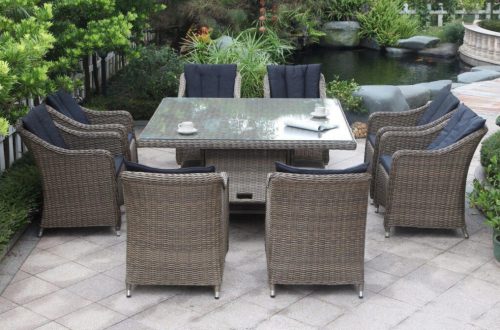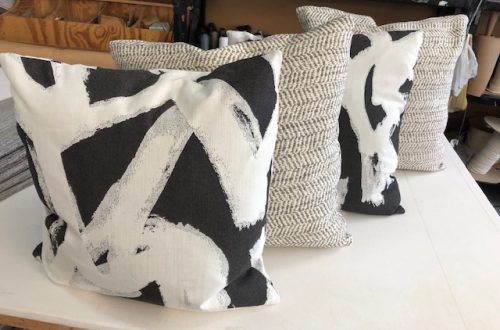Bamboo Flooring All Around
The majority of bamboo found in American bamboo flooring is made from strips of mature bamboo poles. The outer skin and nodes of the wood are removed before processing, and then the bamboo strips are boiled in lime to remove the sugar and starches. You can get your bamboo in two main colors, natural, which looks more like beech wood, and carbonized, which bears a strong resemblance to oak. The bamboo strips can also be darkened through a process called carbonization, in which the bamboo strips must undergo steaming in a specific controlled pressure and heat.
Not only does bamboo flooring cost look beautiful, but it also has several eco-friendly aspects. Because it is a grass, not a wood, it is more easily renewable, in regards to both space and time. Bamboo can also be harvested without need for replanting because the root system is left in the ground and will regrow the plant. Bamboo does need any pesticides, irrigation, or fertilizer.
There are also some serious environmental concerns, specifically as far as the carbon footprint of the bamboo flooring in relation to the transportation costs. Because most of the bamboo must be transported to the United States from China, transportation costs contribute extensively to the carbon footprint. Another carbon footprint issue has to do with the chemicals used to produce the strand woven bamboo flooring. One of the most pertinent issues surrounding production however, is the destruction of natural environment to plant bamboo for bamboo flooring.


